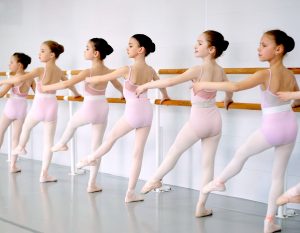Dancing is part of any culture. It is a ritual that helps improve mental and physical health. The development of dance culture dates back to the times of tribes who used dance as rituals. Modern dances are different from tribal dances, but they have sacred meanings, too.

Dancing is a great way to improve your fitness, which is suitable for people of all ages, weights, and health conditions. Fortunately, there are many types of dances in the world, and you can choose the one that you like the most. At the same time, any kind of dance benefits your physical and mental health.
The benefits of dancing:
- improving the condition of the heart and lungs,
- strengthening muscle strength, endurance, and motor skills,
- increased muscle tone,
- helps to maintain optimal weight,
- strengthening bones,
- reducing the risk of developing osteoporosis,
- development of flexibility,
- improving balance,
- improving the functioning of the brain,
- increasing self-esteem,
- prevention of senile dementia.
Children need dancing more than adults. The modern generation spends most of their time sitting. The development of modern technology relieves the child of the need to move and be active. Therefore, dancing can improve the situation and provide an opportunity to get the necessary dose of physical activity.

Dancing lessons help to strengthen the child’s body and promote physical development, as well as relieve the child of negative emotions, as well as learn how to work in a team.
The benefits of dancing for the physical health of children:
- correct posture creation;
- strengthening muscles;
- development of flexibility, endurance,
- improved coordination of movements;
- strengthening the spine,
- relieving tension in the back;
- improved blood circulation,
- improving the functioning of the respiratory system,
- strengthening of immunity.
Benefits of dancing for children’s mental health:
- development of communication skills,
- increasing self-esteem,
- getting rid of insecurity and fears,
- discipline development.
In addition, dancing regularly improves the child’s ability to hear the rhythm of the music and to control his body. Thus, dancing helps to form new neural connections that improve the functioning of the child’s brain.
Types of dances for children:
- modern dances,
- breakdance,
- hip-hop,
- ballet,
- jazz-funk,
- folk dances,
- dance sport.
Comments are closed, but trackbacks and pingbacks are open.